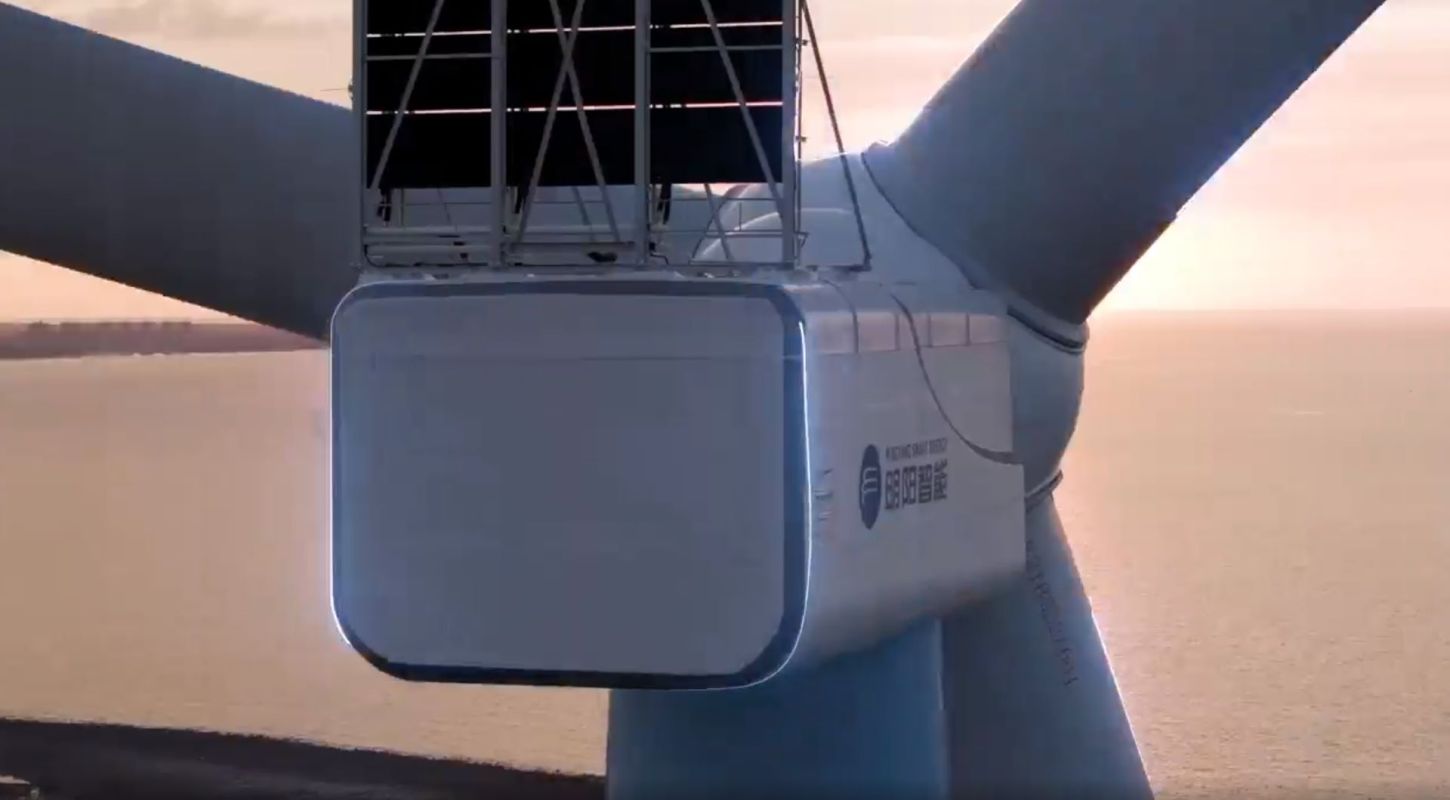Chinese companies have built an impressive set of wind turbines, including the largest in the world.
Weeks after debuting an 827-foot turbine, the country activated a structure in late July with a rotor diameter of 853 feet — the largest in the world, according to Popular Mechanics.
The feat continued a remarkable run for China, which in January 2023 announced plans for the creation of an even larger offshore turbine, the MySE 18.X-28X. That project will feature a sweep area of 711,000 square feet and produce 80 gigawatt-hours of clean energy annually, enough to power 96,000 residents.
For now, though, the MySE 16-260 holds the title.
It easily tops the largest wood turbine in the world, which is in Sweden and stands 344 feet tall — though Modvion, the company in charge of that undertaking, stated wood turbines could reach 1,500 meters (4,921 feet) in height.
Mingyang Smart Energy designed the MySE 16-260 turbine to withstand typhoons, and it passed its first such test in July with Typhoon Talim, which had winds of 85 miles per hour. MySE 16-260 can withstand 178.5 mph winds.
"Most of China's coastal areas are in typhoon zones, and if there is no wind turbine that can withstand typhoons, it can be said that wind power has little future in China," Mingyang Smart Energy Chief Technology Officer Zhang Qiying said.
MySE 16-260 has a 500-foot central tower and 385-metric ton generator. Mingyang SE stated the turbine will produce 67 GWh per year, which will power 80,000 residents and reduce carbon dioxide emissions by 56,000 metric tons.
China is the world's leader in offshore wind levelized cost of energy, according to Recharge. LCOE compares the lifetime costs of generating electricity across various technologies.
The country is pivoting to renewable energies, but it remains reliant on sources such as gas and coal.
TCD Picks » Quince Spotlight

"The government continues to champion the role of fossil fuels in transitioning its energy sector, with maximizing coal production and oil and gas exploration seen as key to providing stability and security," according to the Climate Action Tracker. "Carbon emissions peaking timelines in high-emitting industry sectors have been pushed back to align with the economy-wide 2030 peaking target."
Aside from that target, China has a goal to reach carbon neutrality by 2060.
Join our free newsletter for weekly updates on the coolest innovations improving our lives and saving our planet.













